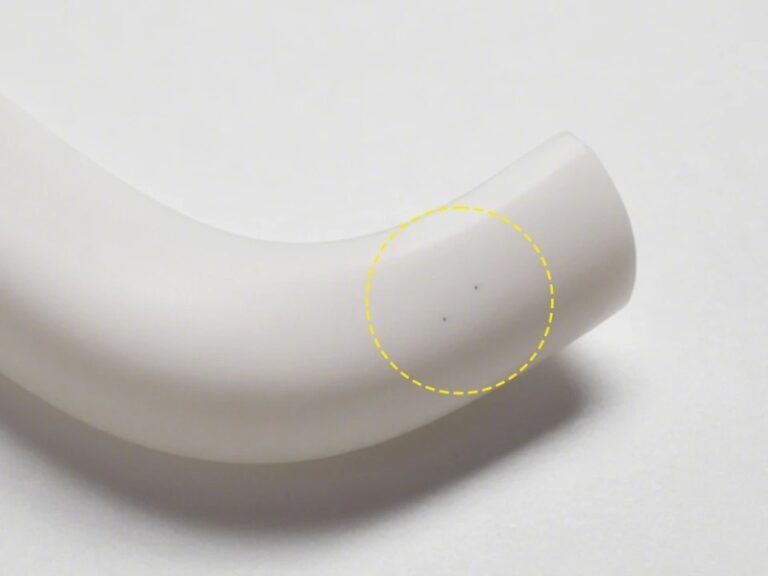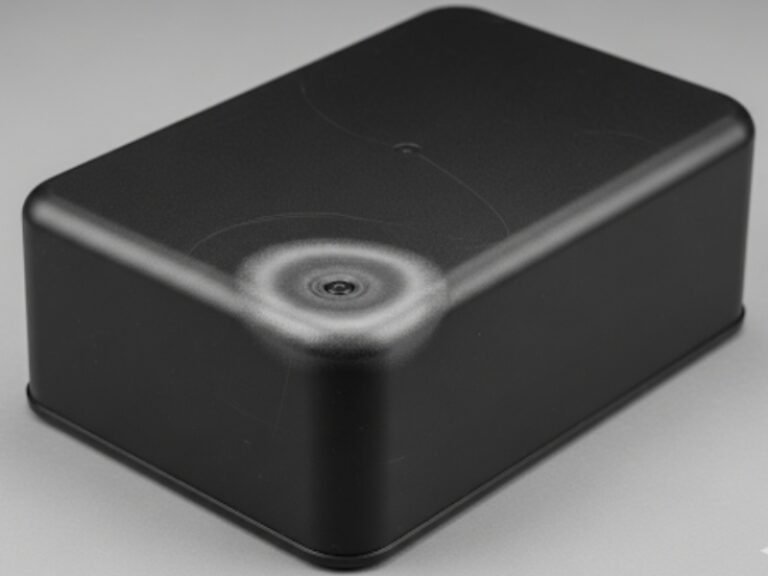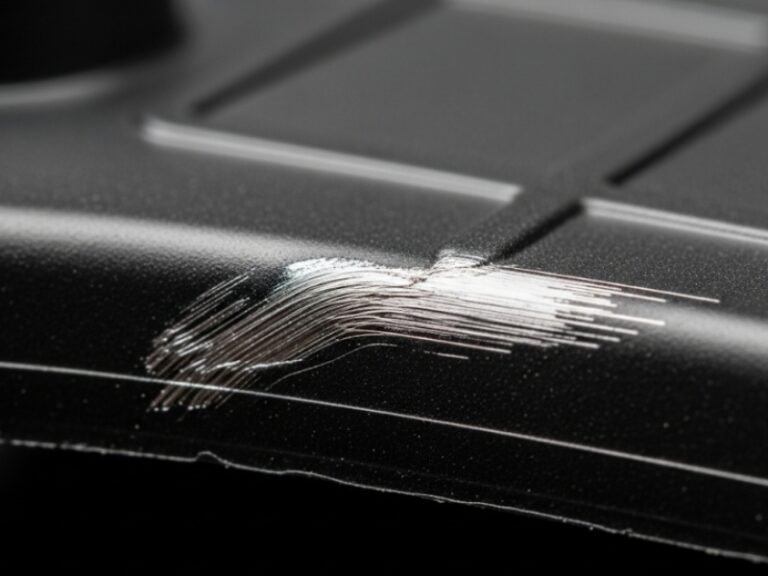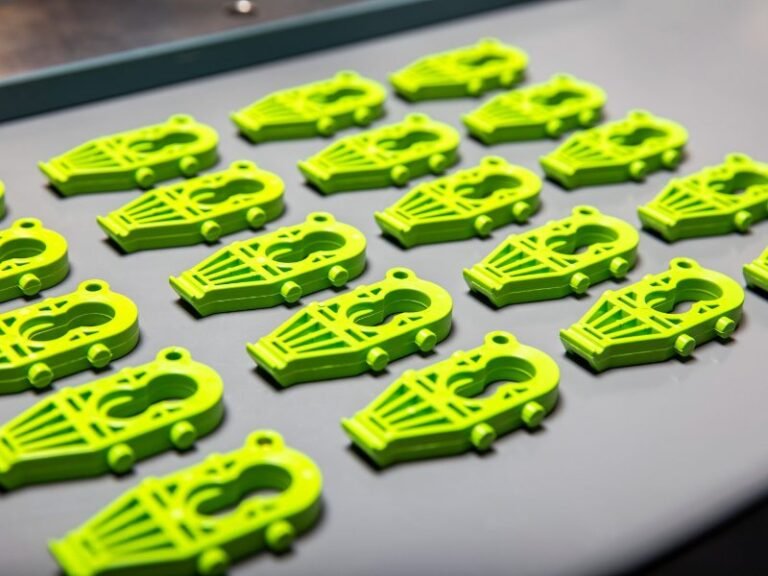Why is injection molding so expensive? The high costs associated with plastic injection molding are driven by several factors, including mold design complexity, material choices, and production. While injection molding is a highly efficient and scalable manufacturing process, it’s crucial to understand why injection molds are so expensive to produce, as this can significantly impact the overall project cost.
Is injection molding expensive for your business? It certainly can be, especially when dealing with complex designs and small production volumes. However, with the right strategies in place, it’s possible to reduce injection molding costs. This article explores the reasons why injection molding can be costly, highlights the factors that drive up prices, and provides actionable strategies for reducing injection mold costs without sacrificing quality. Whether you’re questioning, “Is injection molding cheap?” or seeking ways to optimize your manufacturing process, this guide offers insights that will help you navigate the cost complexities of injection molding.
Why Is Injection Molding So Expensive?
When considering the manufacturing of plastic parts, one of the first questions that arise is: Why are injection molds so expensive? Injection molding is renowned for its efficiency in producing high-quality parts at scale, making it the go-to choice for many industries. However, the cost of producing injection molds can be a significant hurdle in the overall production process. In fact, it is often one of the largest expenses for manufacturers, especially when the molds are complex and require high precision.
The Essential Guide to Injection Mold Structure
The expense of plastic injection molding cost is driven by several factors, including the complexity of the design, the materials used, the time needed for production, and the labor involved. From the initial mold design to its production and maintenance, each step contributes to the final cost.

Key Factors Driving Injection Mold Costs
Mold Design and Complexity
The complexity of the mold design plays a pivotal role in determining the cost of injection molding. As the design of a part becomes more intricate, the cost of creating the mold increases exponentially. Complex shapes, intricate details, and additional features such as multi-cavity molds, sliders, or lifters demand higher precision during both the design and manufacturing phases. For example, molds designed for parts with undercuts or internal features may require advanced tooling, additional cavities, or movable parts, all of which add to the overall expense.
Injection Mold Cavities
Multi-cavity molds require a higher initial investment compared to single-cavity molds. The complexity of designing and manufacturing a mold with multiple cavities necessitates advanced engineering and precision machining, which drives up the initial costs.
Molds with multiple cavities are inherently more complex. Each cavity must be designed to produce parts that are identical in dimensions and characteristics, which requires sophisticated tools and techniques. This complexity can lead to longer design times and increased labor costs, contributing to the overall expense. Multi-cavity molds may also incur higher maintenance costs.

Material Selection
The material used in constructing the injection mold is another major factor influencing the cost. Molds are typically made from either steel or aluminum, and each material comes with its own cost considerations.
Steel molds are the more expensive option, but they offer superior durability and are the preferred choice for high-volume production runs. Steel is more robust, capable of withstanding repeated cycles of injection molding, and can last significantly longer than aluminum molds. These molds require higher precision during production, which adds to the overall cost.
On the other hand, aluminum molds are a more cost-effective option, especially for lower-volume productions or prototypes. Aluminum is easier to machine than steel and requires less precision, leading to a lower initial cost. However, aluminum molds are less durable than their steel counterparts. They are more prone to wear and tear over extended production cycles, which limits their usefulness for high-volume runs.

Production and Manufacturing Process
The process of manufacturing the mold itself contributes significantly to its overall cost. Mold creation is a highly specialized process that requires not only skilled labor but also precise, high-end machinery. The production process involves several stages, including design, machining, polishing, and testing, each of which requires dedicated machine time. The use of Computer Numerical Control (CNC) machines, EDM (Electrical Discharge Machining), and other precision equipment can further drive up the cost, as these tools are often expensive to operate and maintain.
The level of automation also affects the cost. Automated processes, though faster and more accurate, are often more costly due to the high initial investment in robotic machinery and setup. Conversely, manual processes may lower the initial investment but are generally slower, require more labor, and come with increased risks of human error. A combination of manual and automated processes is commonly used depending on the complexity of the mold, but the more specialized the required equipment, the higher the production cost.
Mold Maintenance and Durability
Once the mold is created, it doesn’t end there. Molds require regular maintenance and repair to ensure they continue producing high-quality parts over time. Regular maintenance includes cleaning, lubricating, replacing worn-out components, and ensuring that the mold’s cooling and heating systems are functioning properly. The need for periodic maintenance adds an ongoing expense to the production process. Over time, molds naturally wear down due to the constant pressure and high temperatures they are exposed to during the injection molding process. As molds degrade, their ability to produce parts with high precision diminishes, leading to potential defects and a decrease in overall production efficiency.
Lead Time and Production Volume
One of the most influential factors in determining the cost of injection molds is the production volume and the corresponding lead time. The cost of creating a mold can be amortized over a large production run, meaning that the larger the volume, the lower the cost per part. High-volume production helps offset the initial mold investment, making it more cost-effective in the long term. By spreading the mold cost across thousands or even millions of parts, You can significantly reduce the per-unit cost.
Additional Hidden Costs of Injection Molds
Tooling and Setup Fees
One of the often-overlooked components of injection mold costs is the tooling and setup fees. Tooling refers to the specialized equipment required to manufacture the mold, including machines such as CNC mills, EDM (Electrical Discharge Machining) equipment, and specialized tools needed for mold shaping and refinement.
Post-Processing and Surface Finishing
After the initial mold is created, further post-processing and surface finishing may be required to ensure the parts meet quality and aesthetic standards. Molds often need additional surface treatments such as polishing, coating, or texturing, each of which can add a substantial amount to the overall cost.
Quality Control and Testing
Ensuring that an injection mold produces high-quality parts requires thorough testing and quality control throughout the entire production process. Before mass production begins, the mold must undergo several tests to verify its accuracy, durability, and functionality. These tests include both trial runs, where sample parts are produced, and extensive inspections to detect any imperfections, defects, or inconsistencies.
Labor-Intensive Indirect Costs
Indirect costs such as labor, energy, and facility overhead can significantly drive up expenses. Hiring skilled designers, technicians, and managers increases fixed costs, while energy-intensive equipment and inefficient workflows further add to the total.
Cost of Design Changes
Once a mold is fabricated, even small design modifications can lead to expensive rework. Changes may require welding, re-machining, or replacing components, resulting in delays and higher costs.
Tooling Failure
When molds develop defects like cracks or misalignment, repairs can be complex and time-consuming. These unexpected fixes require skilled labor and specialized tools, increasing the overall cost of production.
ZHongde Help You Design And Manufacturing Molds
Strategies for Reducing Injection Mold Costs
To effectively reduce injection molding service costs, several strategies can be implemented across various stages of the process. Here’s a comprehensive overview of key approaches:
Choose Suitable Mold Materials
Selecting the right mold materials is critical. Steel molds, while more expensive initially, offer durability and longevity, leading to lower costs over time due to fewer replacements and better tolerances. Aluminum molds are cheaper but may not last as long under high production volumes. The choice should align with production needs and cost considerations.
Optimize Mold Design
An optimized mold design can significantly enhance efficiency and reduce costs. This includes:
- Utilizing multi-cavity molds: These allow for multiple parts to be produced simultaneously, which can decrease the cost per unit despite higher initial tooling costs.
- Simplifying designs: Avoiding unnecessary features and ensuring that parts are positioned to minimize material usage can lead to cost savings.
- Incorporating advanced cooling systems: Optimizing cooling channels can reduce cycle times and improve part quality, thus lowering production costs.
Improve Mold Manufacturing Precision
Enhancing precision in mold manufacturing leads to fewer defects, which can save on material waste and rework costs. Techniques such as using CNC machining for mold fabrication can achieve high tolerances and improve overall quality.
Enhance Mold Reliability
Investing in durable tooling reduces downtime associated with mold failures. Reliable molds contribute to consistent production rates and quality, ultimately reducing costs associated with repairs and replacement.
Adopt Advanced Production Processes
Implementing advanced technologies such as gas-assisted injection molding or micro-foam techniques can optimize material usage and reduce cycle times. These methods can also enhance the quality of the final product, further driving down costs.
Strengthen Supply Chain Management
Effective supply chain management can lead to significant cost reductions. This includes negotiating better terms with suppliers for bulk materials, adopting just-in-time inventory practices to minimize holding costs, and ensuring timely delivery of components to avoid production delays.
Improve Employee Skills
Training employees in best practices for injection molding processes can lead to improved efficiency and reduced errors. Skilled workers are better equipped to optimize production techniques and troubleshoot issues that may arise during manufacturing.
Strengthen Product Quality Control
Implementing rigorous quality control measures helps identify defects early in the production process, reducing waste and rework costs. Techniques such as mold flow analysis can predict potential issues before they occur, ensuring high-quality outputs at lower costs.
Conclusion
In conclusion, understanding why injection molding is so expensive involves considering a range of factors. While the initial investment in molds can be substantial, there are various strategies available to reduce these costs, such as optimizing mold design, selecting the right materials, and collaborating with experienced manufacturers. Zhongde is an experienced injection molding manufacturer. Welcome to contact if any project requirements. Zhongde supply high quality injection molding supply with competitive price.




